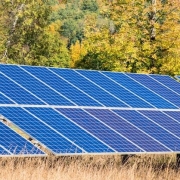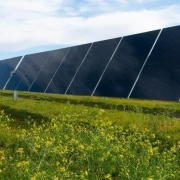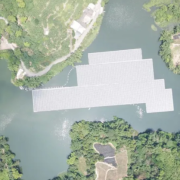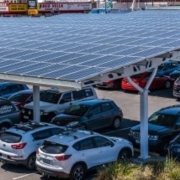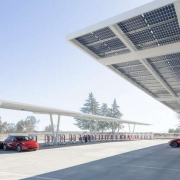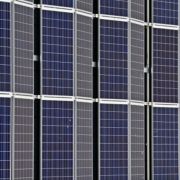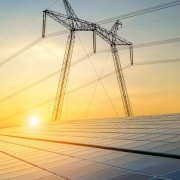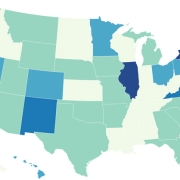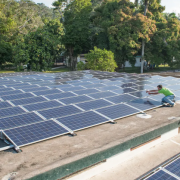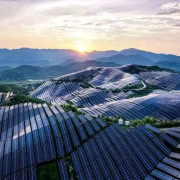In 2021, the median income of a rooftop solar adapter was $110,000 a year. That same year, the U.S. median income was $63,000.
The gap is closing — in 2010, the median rooftop solar adapter made $138,000 compared to just under $50,000 for the median American — but it’s not closing fast enough to get enough solar to the people who need it most. Low-income families who need their bills cut fast, communities of color historically choked by ash and soot, people who don’t own their homes or who don’t have the cash to put panels on the roof are all left out of this transition. And it’s a lost opportunity during a climate crisis that demands we get as many renewables on the grid as fast as possible.
Not just community solar, but specifically community-owned community solar, provides an example of what a more equitable, decentralized clean energy transition could look like.
Click here to read the full article
Source: Utility Dive
—
If you have any questions or thoughts about the topic, feel free to contact us here or leave a comment below.

